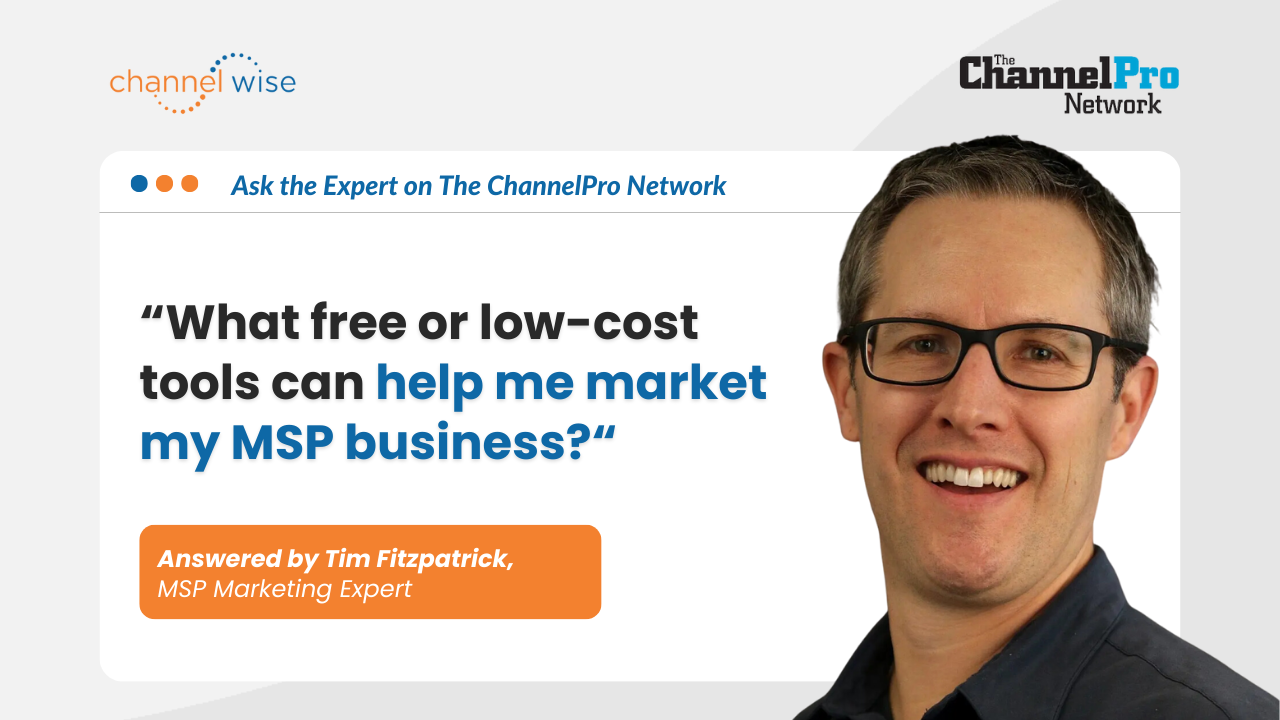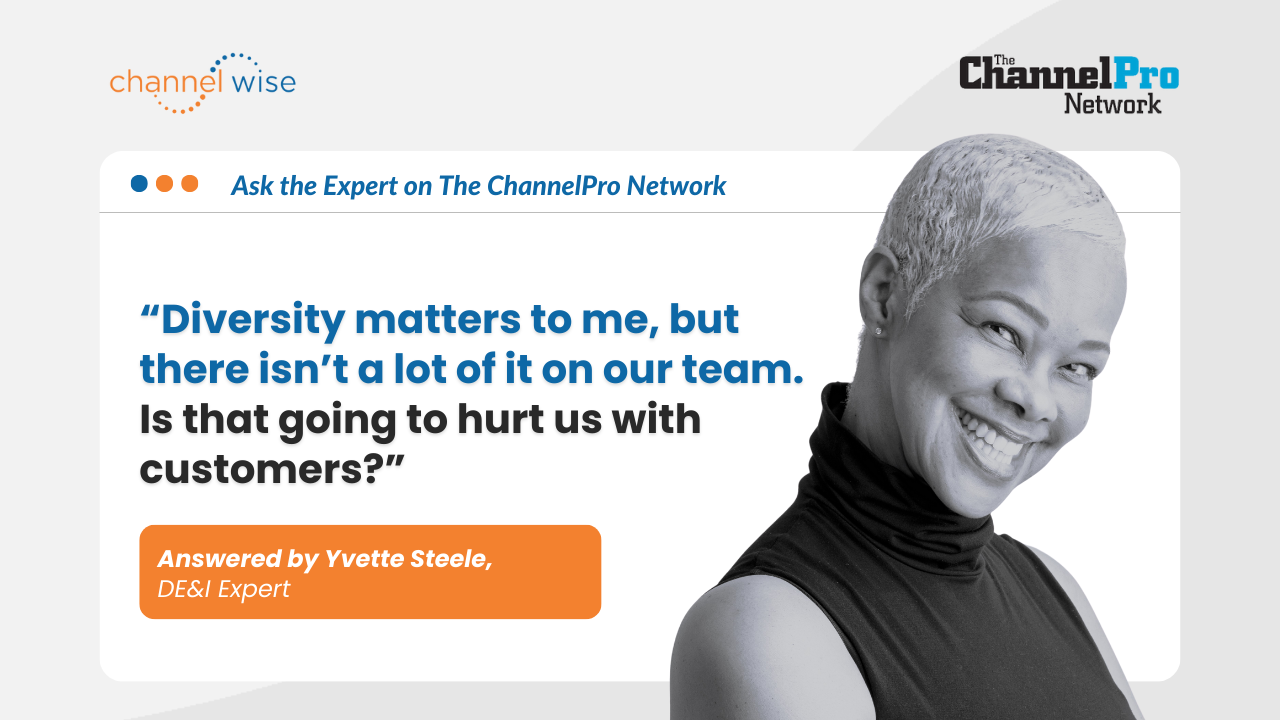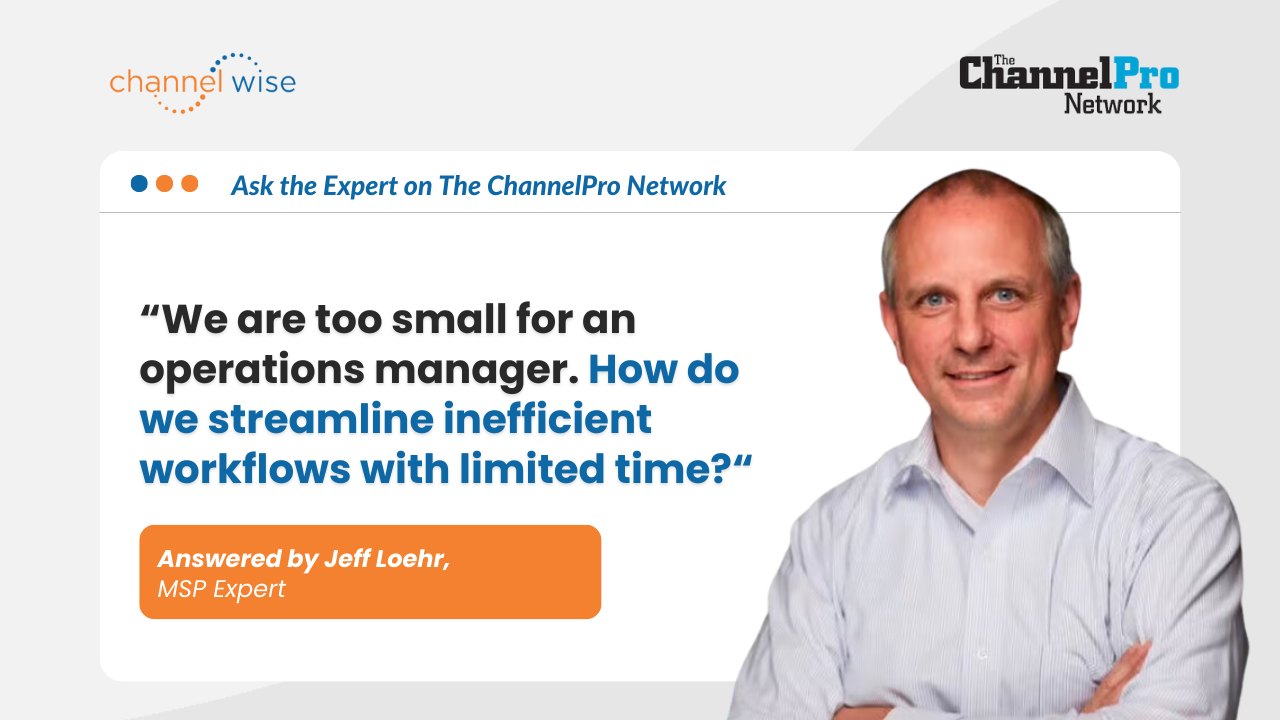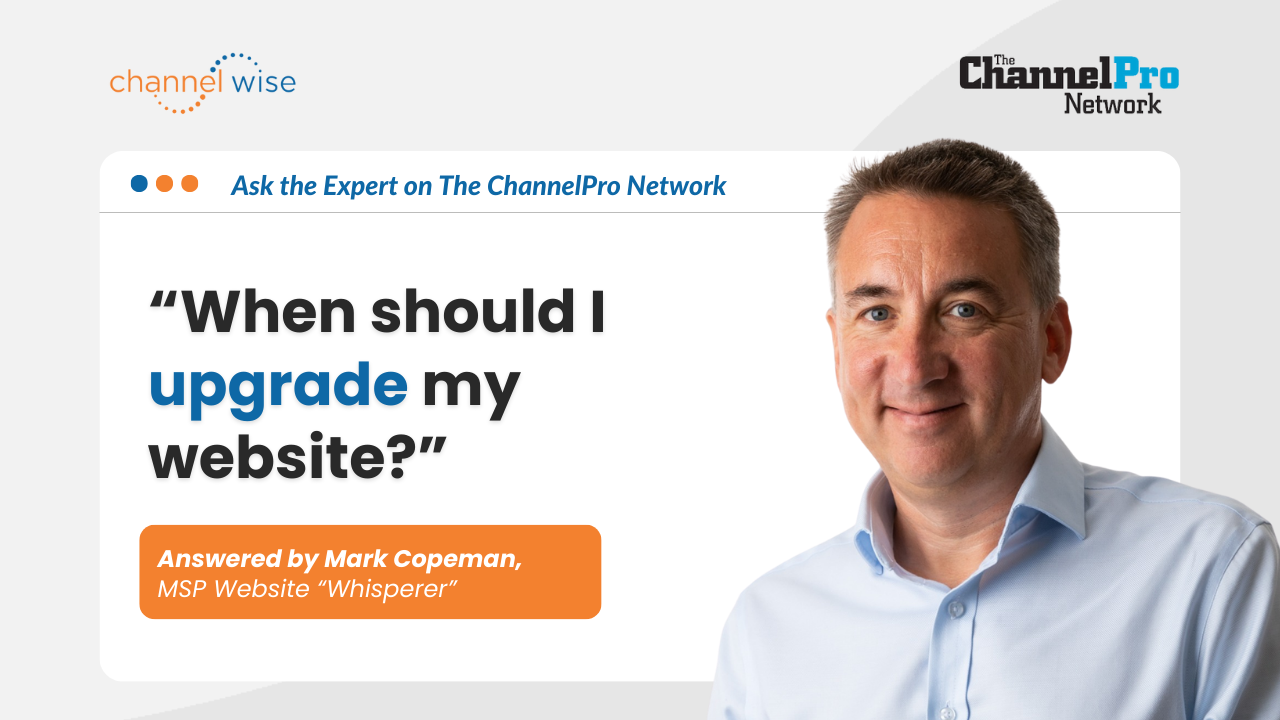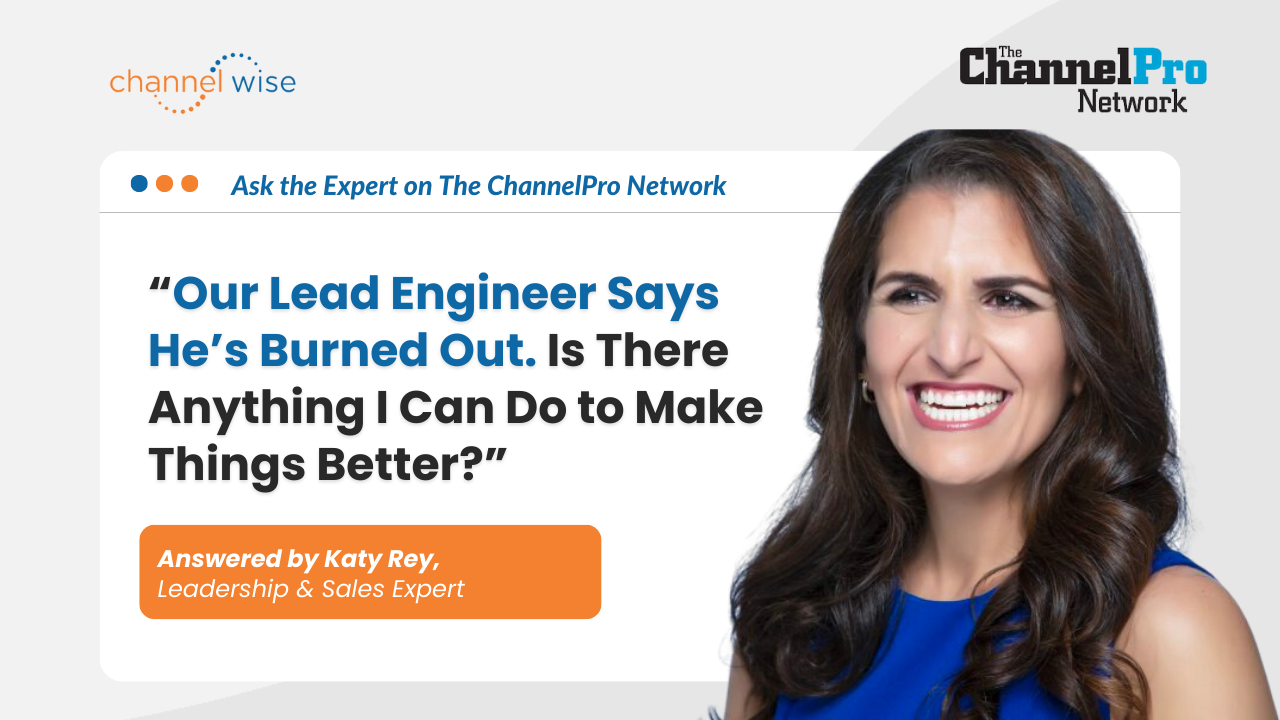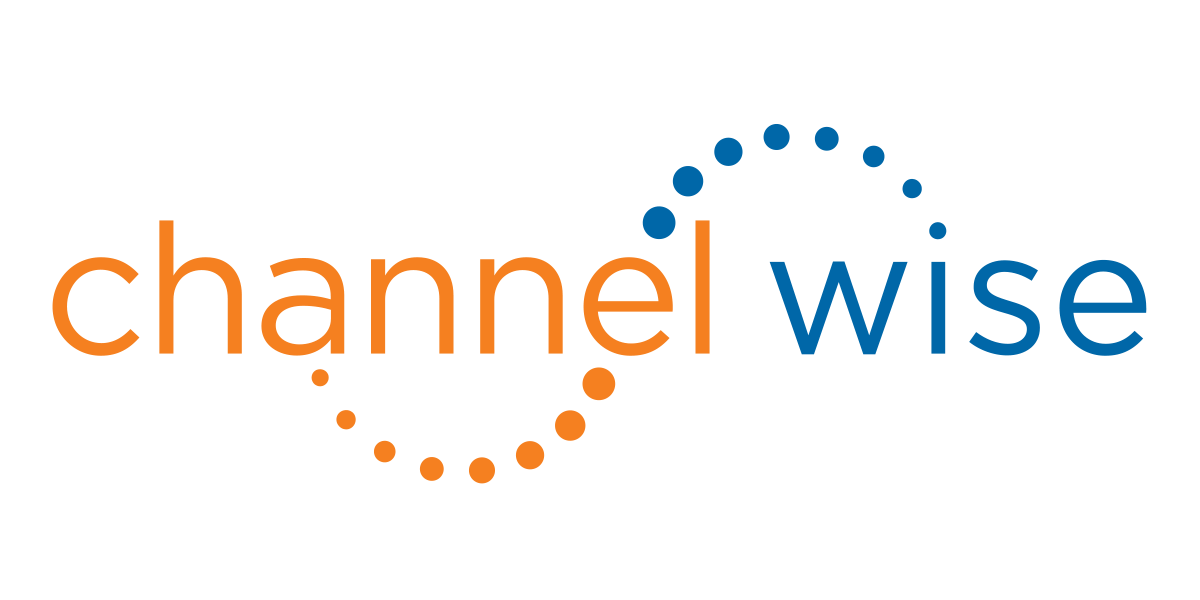Why Partner Trust is Crucial for a Profitable Channel Partnership with Dede Haas
Click here to watch the replay:
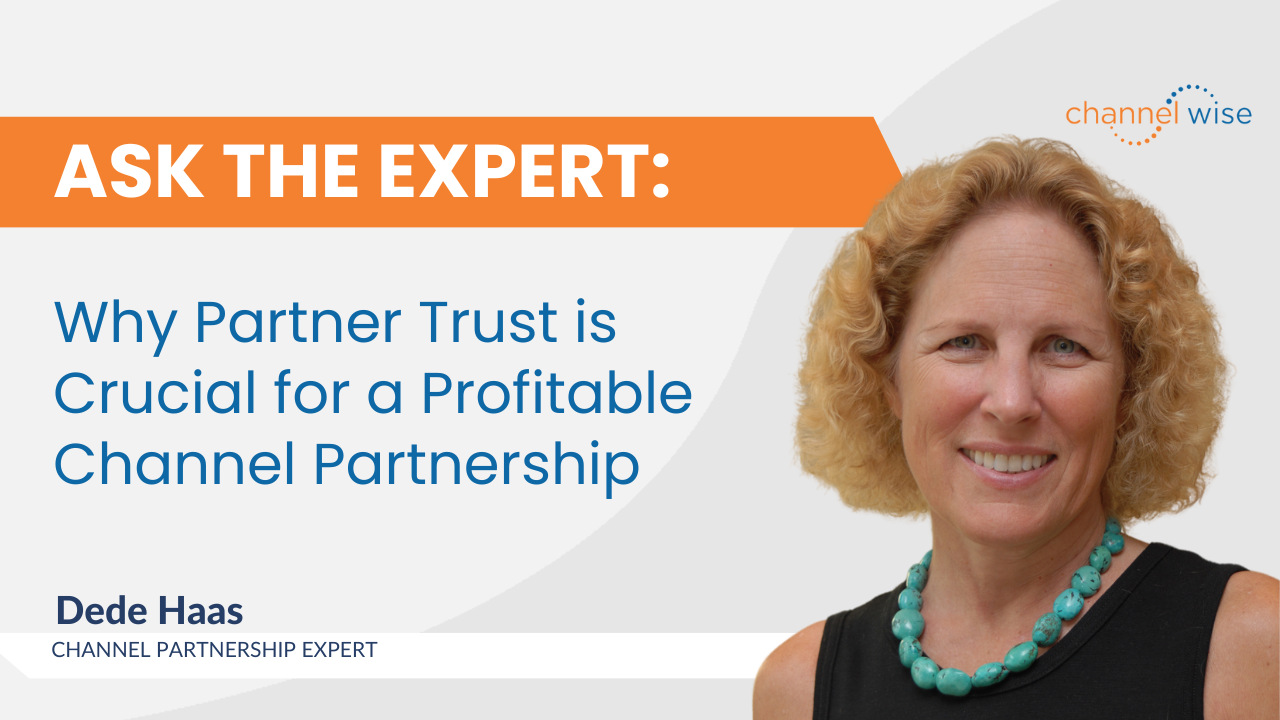
The success of a company's channel route to market heavily relies on the relationships and trust it builds with its partners. However, building and maintaining this trust can be challenging for vendors, especially when dealing with many partners.
In this Ask the Expert Episode, Kathryn Rose, CEO & Funder of channelWise, interviewed Dede Haas, Channel Strategist and Coach from DLH Services and a channelWise expert. Read on to know the most critical factors for successful channel partnerships, how vendors can develop trust with their partners, and pitfalls to avoid when working with partners.
Highlights:
- Trust is the most critical factor in successful channel partnerships, and vendors should prioritize developing trust with their partners to succeed in the channel route to the market.
- To develop trust, vendors should communicate transparently, listen to their partners' concerns and suggestions, provide them with necessary resources, and acknowledge their importance to the program.
- Vendors should view their partners as equal business partners and provide support and resources to them.
What do you see in the future of channels and partnerships?
I have observed the evolution of the channel since the eighties and have seen the rise of the ecosystem as the new buzzword in the industry. In the nineties, we collaborated similarly with vendors and partners; the ecosystem is important. However, I also emphasize the continued importance of partners in the channel and that not all vendors have let their partners in on the whole memo about the ecosystem. As a counselor to my customers, I remind them of the importance of the ecosystem but also to not forget about their partners in the channel.
What are the most important factors for companies to have successful channel routes to market?
Helping partners succeed builds trust, the most critical factor in successful channel routes to the market. Without trust, companies have nothing. Therefore, I advise companies to prioritize developing trust with their partners and helping them succeed, as this will lead to a successful channel route to market.
What can vendors do to develop trust with their partners, especially when dealing with a one-to-many strategy?
Communication is key in developing trust with partners, especially when dealing with a one-to-many strategy with many partners. To build trust, I advise vendors to keep their partners informed about what they will do to help them succeed and provide them with the necessary resources. It's essential to listen to their concerns, questions, and suggestions and acknowledge them. And lastly, doing what we say we will do are crucial in building that trust. Remember to acknowledge your partners and make them feel valued, even if you have thousands of them. Show your partners that they are important to their program.
What specific strategies can vendors use to foster trust with their partners, especially when partners are bombarded with messages from multiple vendors?
Vendors should focus on quality over quantity when recruiting partners by ensuring they have the correct partner profile. During the recruitment process, I suggest communicating expectations to partners and asking about their expectations. Transparency is key, and we should ensure that partners stay up-to-date with product upgrades and understand what's happening in our company. We should also stay in touch with partners in their preferred method and notify them of any changes.
Overall, it's important to be transparent and upfront with partners and set expectations from both sides. Prioritize the quality of their partnerships and establish clear communication and transparency with their partners.
What pitfalls do vendors fall into when working with partners, and how can they avoid them?
The most common pitfalls are not developing relationships with partners and not having the right partner profile. Vendors may also have unrealistic expectations for their partners or fail to provide support and resources for them.
Additionally, vendors may not treat their partners respectfully or look down upon them. To avoid these pitfalls, we should view our partners as equal business partners and work to establish a relationship with them. We should also provide support and resources for our partners, such as MDF prospecting funds, and avoid having unrealistic expectations. Overall, treating our partners respectfully and acknowledging their limited resources is important.
What should a company look for in evaluating whether or not the channel is a route to market for them?
As a channel expert, I have developed a 13-point checklist for companies considering entering the channel. One of the most important considerations is whether senior management is fully on board with the idea. Without their support, it will be difficult to make the channel successful. Having the necessary resources to provide partners with what they need is also important. Before creating a partner profile, the company must ensure its marketing department and systems engineers are willing to work with partners. These are just a few things that must be considered before entering the channel.
What advice would you give to vendors and suppliers looking to reduce costs but keep their channel program vibrant?
As a channel expert, a company should not cut its channel program resources to reduce costs, as the channel program is not a direct sales team and is designed to use fewer in-house resources to have more partners selling and servicing the products. The channel program is specifically designed to keep numbers low for the company while having a wide outreach. The resources should be put into helping partners with marketing and engineering. The partners should manage customer relationships so the company doesn't have to do it alone. Cutting the channel organization to the barest minimum will result in overworked partner account managers, which can lead to disgruntled partners leaving the program.
For more advice about the channel partnerships, visit Dede’s profile on channelwise.
Check out channelWise.com for more experts to help you with your business or career.
Note: Transcript is edited for time and clarity.
